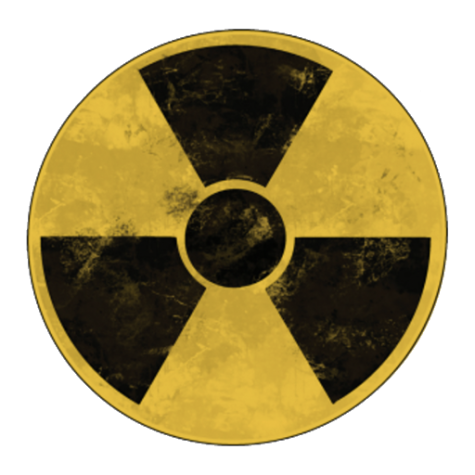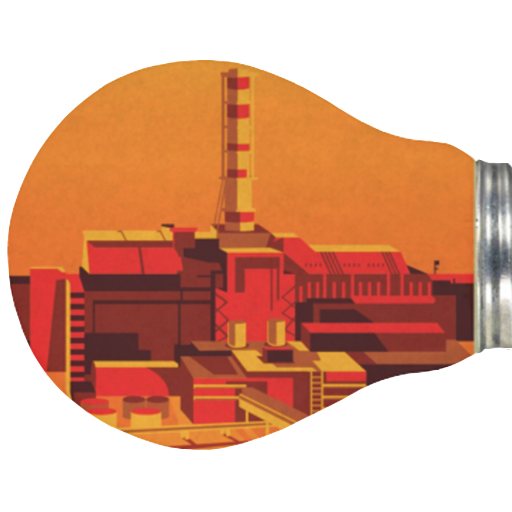The Nuclear Option
Nuclear power is the path to a greener future.
February 28, 2022
Nuclear energy provides a solution to renewables’ greatest problem: consistency. Solar energy doesn’t work without sunlight, and wind farms don’t work on calm days. Though cities can store renewable energy, this alone cannot make up for the energy shortage. Nuclear, however, provides constant energy without environmental limitations, but there are stigmas attached to this solution.
Contrary to popular opinion, nuclear energy production is perfectly safe. According to Our World In Data, coal kills 24.62 people per terawatt-hour. Contrast that with nuclear which causes 0.07 deaths per terawatt-hour. For context, Santa Barbara County used 2.76 terawatt-hours in 2020. However, what makes nuclear power extraordinary is that it is clean.
According to Our World in Data, nuclear-powered France produces 55g of CO2 per megawatt-hour of electricity, meanwhile, the United States produces 453g according to the EIA (Energy Information Administration). California produces 225g of CO2 per megawatt hour, according to California Independent System Operator. The only path to a habitable future is through nuclear energy.

Despite the benefits, nuclear energy has a dark side. “When nuclear goes bad, it can be catastrophic,” said Environmental Science teacher Erik Faust. In April 1986, the Chernobyl Nuclear Power Plant exploded, showering neighboring communities in radioactive isotopes and killing 50 people—another 4,000 died from exposure and cancer in following years. Though explosions like Chernobyl are rare, the death toll turned nuclear power into public enemy number one. Waste disposal is another complicating factor. The byproducts of nuclear energy are toxic and need to be safely stored. However, plans to create nuclear waste storage facilities continue to be stonewalled in the Senate.
Nuclear power is also expensive. In the United States, nuclear energy’s cost is second only to coal, according to the IEA (International Energy Association). So why should Americans spend millions of tax dollars on a potentially lethal solution? Revolutionary breakthroughs address this question.
“If you look at the costs associated with nuclear reactors, they are pretty much gone with Nuclear 2.0,” said Faust. With these new innovations “The possibility of meltdown is almost nonexistent” and since “[Nuclear 2.0] runs off of spent fuel,” said Faust, it practically eliminates the downsides of nuclear power.
Nuclear is essential to a green future. It is up to the new generation to change course, educate, campaign, vote, and fight for a greener future.
“I don’t see a way we can avoid the climate crisis without using nuclear power,” Faust said.



































